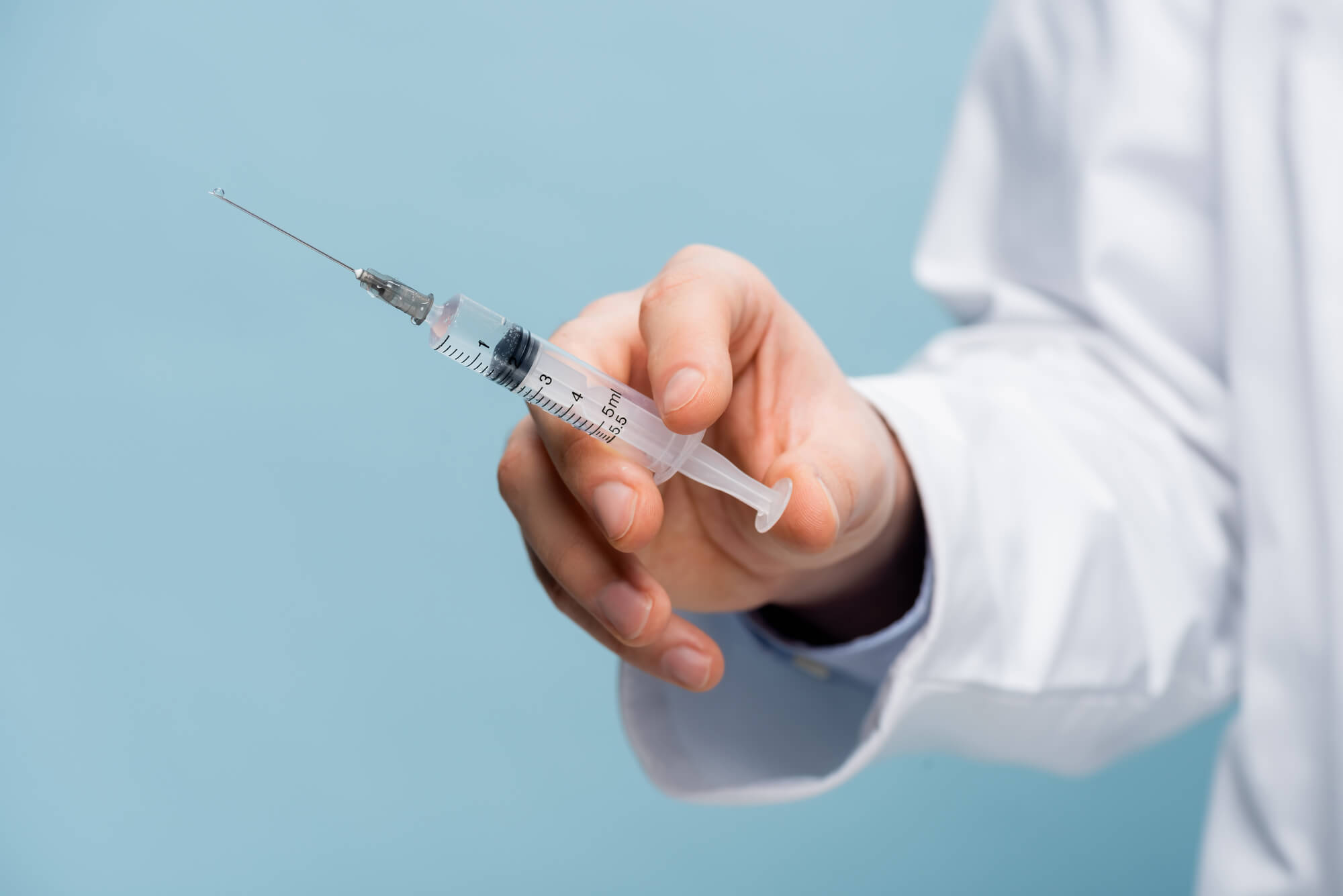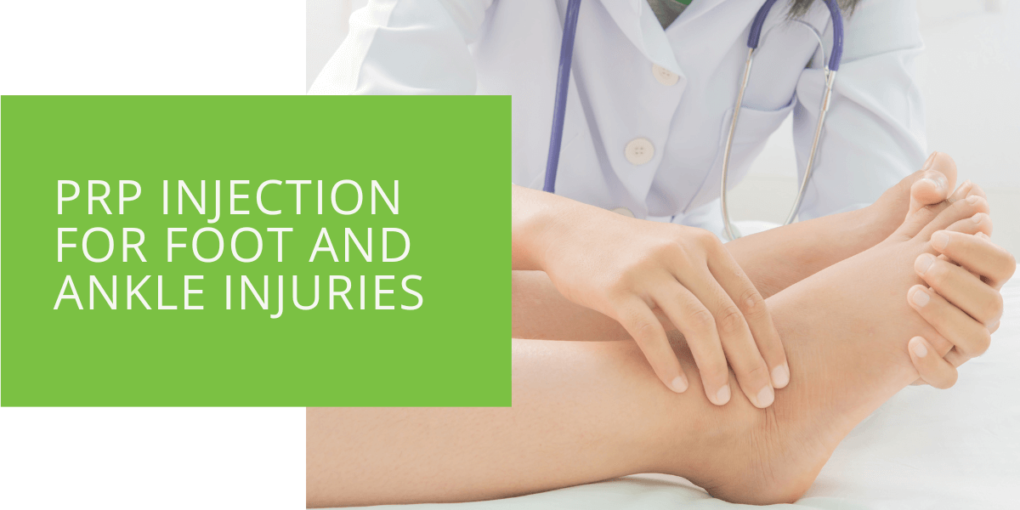PRP Injection for Foot and Ankle Injuries: What You Need to Know
Foot and ankle injuries can be painful and debilitating, making walking, running, or even standing for extended periods difficult. While various treatment options are available for these injuries, PRP (platelet-rich plasma) injection therapy is emerging as a popular and effective alternative to traditional treatments. By using your body's natural healing process, PRP injection therapy can promote healing and reduce inflammation in the affected area, helping you get back to your normal activities as quickly as possible. In this article, we'll explore the benefits of PRP therapy for foot and ankle injuries, the conditions it can treat, the procedure, recovery, follow-up care, and frequently asked questions.
What Is a PRP (Platelet-Rich Plasma) Injection?
Platelet-rich plasma (PRP) injection therapy is a minimally invasive treatment option that can promote healing and reduce inflammation in the body. PRP is derived from your blood, drawn from your arm, and spun in a centrifuge to separate the plasma from the other blood components.
The plasma collected during this process is rich in platelets containing growth factors that can help promote tissue regeneration and reduce inflammation. By injecting a concentrated dose of platelets directly into the site of your injury, your body can more effectively heal the affected area.
PRP injection therapy is an outpatient procedure that can be performed in your podiatrist's office. The procedure typically takes 30-45 minutes to complete and is generally well-tolerated by most patients.

Foot and Ankle Conditions that Can Be Treated with PRP Injection
PRP injection therapy can be used to treat a variety of foot and ankle injuries, including:
Plantar Fasciitis
Plantar fasciitis is a common condition that causes pain and inflammation in the heel and arch of the foot. The therapy can promote healing and reduce inflammation in the affected area.
Achilles Tendonitis
Achilles tendonitis is a condition that causes pain and inflammation in the Achilles tendon, which runs from your heel to your calf muscle. The therapy can help promote healing and reduce inflammation in the affected area.
Ankle Sprains
Ankle sprains occur when the ligaments in your ankle are stretched or torn. The therapy can promote healing and reduce inflammation in the affected ligaments.
Arthritis
Arthritis is a condition that causes pain and inflammation in the joints. The therapy can help reduce inflammation in the affected joint and promote healing.

The PRP Injection Procedure
The PRP injection procedure for foot and ankle injuries typically takes 30-45 minutes. Here's what you can expect during the procedure:
- Your podiatrist will draw a small amount of blood from your arm.
- The blood will be placed in a centrifuge and spun to separate the plasma from the other blood components.
- The plasma will be collected and prepared for injection.
- Your podiatrist will use ultrasound imaging to guide the injection of the PRP into the affected area.
- The injection site will be cleaned and bandaged, and you'll be given instructions on how to care for the area after the procedure.
Recovery and Follow-Up Care
After the injection, you may experience soreness or stiffness in the affected area. You can return to most normal activities immediately after the procedure, but you should avoid strenuous activity or exercise for a few days.
Your podiatrist may recommend additional treatments or physical therapy to help you fully recover from your foot or ankle injury. They may also recommend follow-up treatments to help promote further healing and reduce inflammation.
Conclusion
PRP injection therapy is a safe and effective treatment for many foot and ankle injuries. PRP treatment can help promote healing and reduce inflammation in the affected area by using your body's natural healing process. If you're suffering from a foot or ankle injury, talk to your podiatrist to see if this therapy is right for you.
FAQ
Can I walk after PRP injection in the foot?
You can usually walk after a PRP injection in your foot or ankle. However, you may experience some soreness or stiffness in the affected area, so avoiding strenuous activity or exercise for a few days after the procedure is best.
How long does it take for PRP to work?
The time it takes for PRP to work can vary depending on the severity of your foot or ankle injury. Some patients may notice an improvement in their symptoms within a few days, while others may take several weeks to see the full benefits of the treatment.
What should I avoid after PRP injection?
After a PRP injection, avoiding activities that could strain or injure the affected area is best. You should also avoid taking anti-inflammatory medications like aspirin or ibuprofen, which can interfere with natural healing.
What can you not do after PRP injection?
After a PRP injection, you should avoid strenuous activity or exercise for a few days. You should also avoid taking anti-inflammatory medications like aspirin or ibuprofen, which can interfere with natural healing.
How long should you rest after PRP injection?
You should rest for at least 24 hours after a PRP injection and avoid strenuous activity or exercise for a few days. However, it's important to follow the specific instructions provided by your podiatrist, as the recommended rest time may vary depending on the severity of your injury.
Why no alcohol after PRP injection?
Alcohol can interfere with the natural healing process and may increase inflammation in the affected area. For this reason, it's best to avoid alcohol for at least a few days after a PRP injection.
Why no caffeine after PRP?
Caffeine can also interfere with the natural healing process and may increase inflammation in the affected area. For this reason, it's best to avoid caffeine for at least a few days after a PRP injection.

